Beyond Zero Redefined: Toyota Unveils the Revamped 2026 BZ Electric SUV.
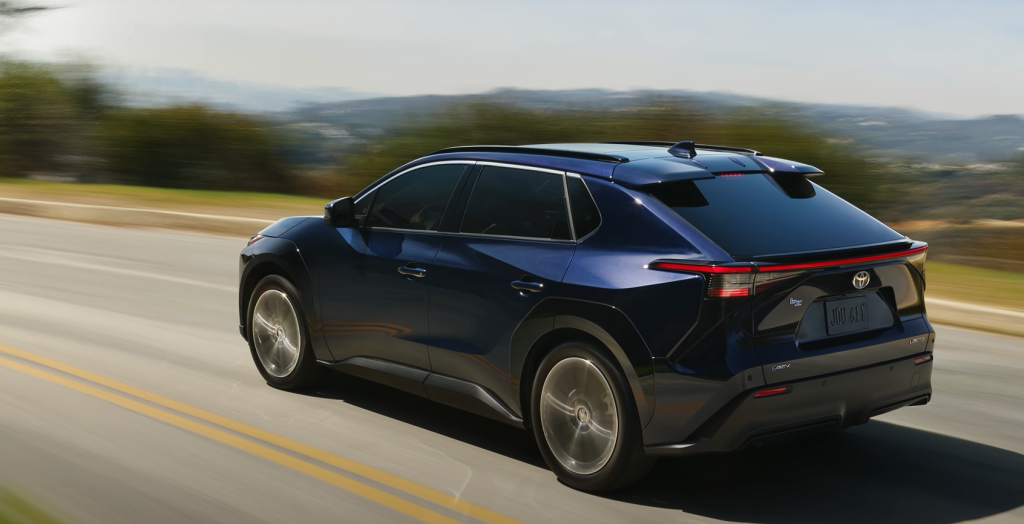
It’s clear Toyota isn’t just tweaking their initial foray into the dedicated EV space; they’ve significantly revamped it and given it a new identity. The 2026 Toyota BZ has been officially announced, dropping the ‘4X’ suffix for the North American market. This move simplifies the name for customers and signals a shift, with Toyota suggesting the “Beyond Zero” naming scheme begins and ends with this vehicle in the US. While other markets will continue to use the BZ4X name, here, it’s just the BZ. This update brings substantial improvements across the board, addressing some of the initial criticisms and making the BZ lineup, including a newly highlighted Woodland edition, much more competitive.
Exterior Design: A Sharper Look
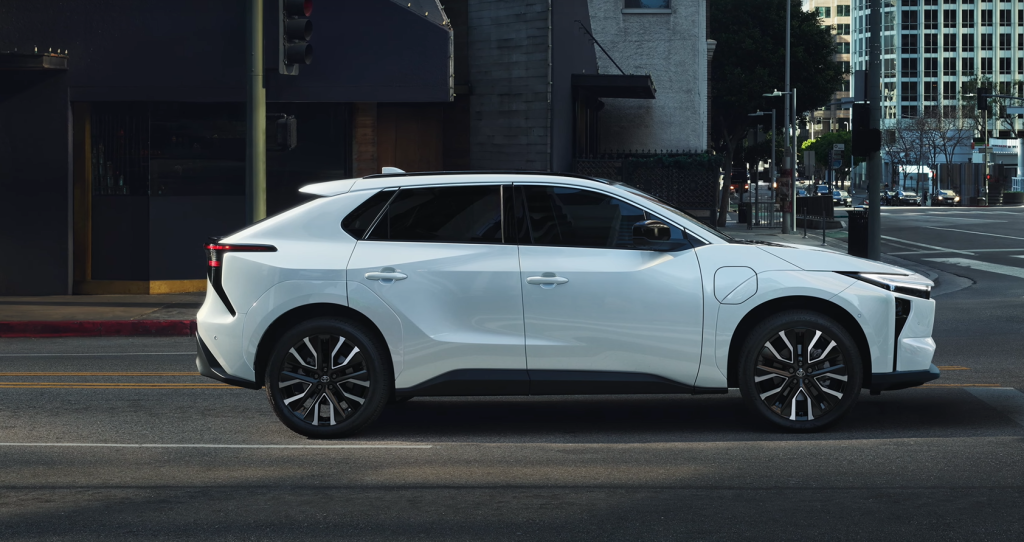
The updated 2026 BZ sports a refreshed exterior, aiming for a more modern Toyota look. It features a revised nose that incorporates the familiar connected hammerhead LED lighting signature. The front bumper and lower grill have also been updated. There’s also a revised ducttail rear spoiler designed to help maximize style and driving dynamics. Available 20-inch alloy wheels are offered, and the black body cladding seen on the previous model can now be optioned with the body color instead, giving it a more upscale appearance. This paint-matched look is available on specific colors like Windchill Pearl or Heavy Metal, while the black fenders are already paint-matched if the body color is black. While some sources felt the paint-matched arches still look a little funny as the car wasn’t originally designed for them, it’s noted that they look significantly better than the previous glossy black ones. The overall silhouette and design of the vehicle have not changed significantly.
For the BZ Woodland, modern design meets practicality. This variant is designed with versatility for active lives and prioritizes utility, evidenced by standard ladder style roof rails paired with the look of 18-inch alloy wheels. The rear end shows a lot of similarities to the Subaru Trail Seeker, though the front end is distinctly different, looking more like the Crown Signia crossover.
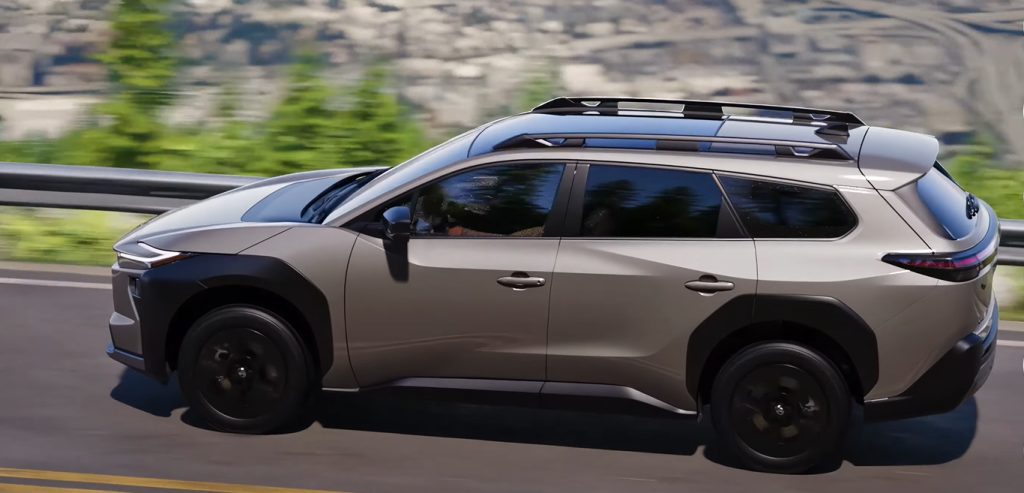
Power and Performance: More Muscle
Under the skin, the 2026 BZ receives a significant boost in power. Standard all-wheel drive models are powered by dual E-motors and deliver a targeted 338 total system horsepower. This represents a substantial increase – up to 50% more horsepower compared to the previous all-wheel drive model’s 214 horsepower. This increased output allows the all-wheel drive BZ to accelerate from 0 to 60 mph in just 4.9 seconds, which is faster than many competitors and described as making it a much more exciting daily driver. Toyota believes this figure might even be conservative.
Front-wheel drive models also see a motor size increase, now putting out 221 horsepower, up from 201 last year. This is still quick, with a 0-60 time estimated around 7.5 seconds. The BZ is built on the eTNGA platform, with the underbody-mounted battery contributing to a low center of gravity. Standard paddle shifters are included to adjust the intensity of regenerative braking. However, sources note there is still no one-pedal driving feature on this vehicle or any TGA EV they are aware of in the US market. Standard all-wheel drive with X mode and grip control is featured on the BZ Woodland.
Charging and Range: Catching Up
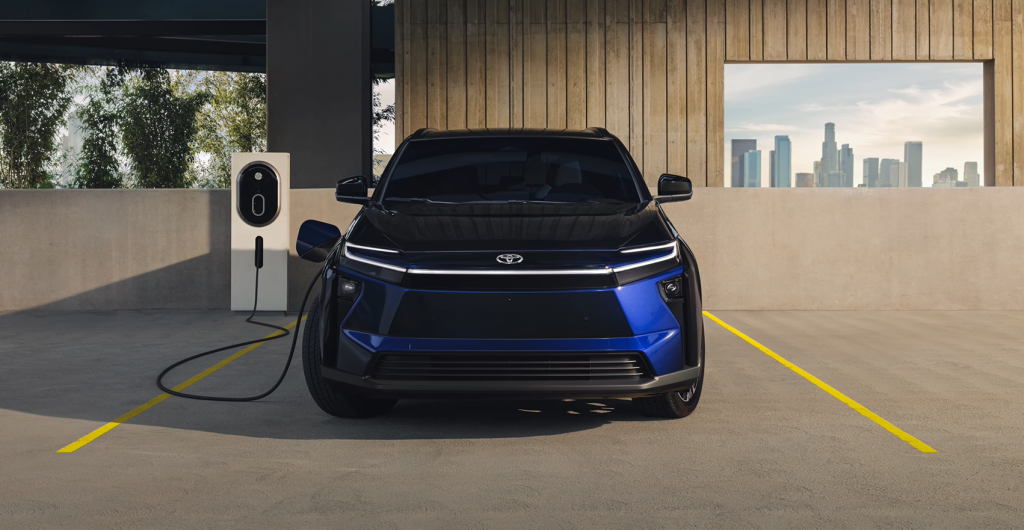
Toyota has clearly focused on improving the charging experience. The 2026 BZ is designed for DC fast charging from 10 to 80% capacity in approximately 30 minutes under ideal conditions. This is complemented by a battery preconditioning function designed to help maximize DC fast charging performance in colder temperatures.
A major announcement is the inclusion of the North American Charging System (NACS) port standard on the 2026 BZ, unlocking access to thousands of DC fast charging stations, including Tesla Superchargers. This brings more choices and convenience for drivers. The vehicle also supports Plug-and-Charge technology with select providers, allowing compatible public chargers to authenticate the vehicle and process payment automatically once set up in the Toyota app. The Toyota app can display NACS-supported locations and real-time charging status.
For home or Level 2 public charging, the onboard AC charger gets a significant upgrade from 7.6 kW to a standard 11 kW. This allows owners to maximize faster Level 2 speeds when available. Every Toyota battery EV, including the BZ, comes with an NACS-enabled portable dual-voltage charging cable for Level 1 and Level 2 charging.
Battery capacity and range vary by configuration. The single motor XLE trim with the 74.7 kWh battery targets up to 314 miles of range. With the smaller 57.7 kWh battery, that trim can go up to 236 miles. All-wheel drive models with the larger battery target up to 288 miles. The BZ Woodland edition is stated to have the 74.7 kWh battery capacity and a range of 260 miles. While 260 miles might not be a massive number, it represents a significant improvement over the previous model’s range figures.
Interior and Technology: Screen Dominance
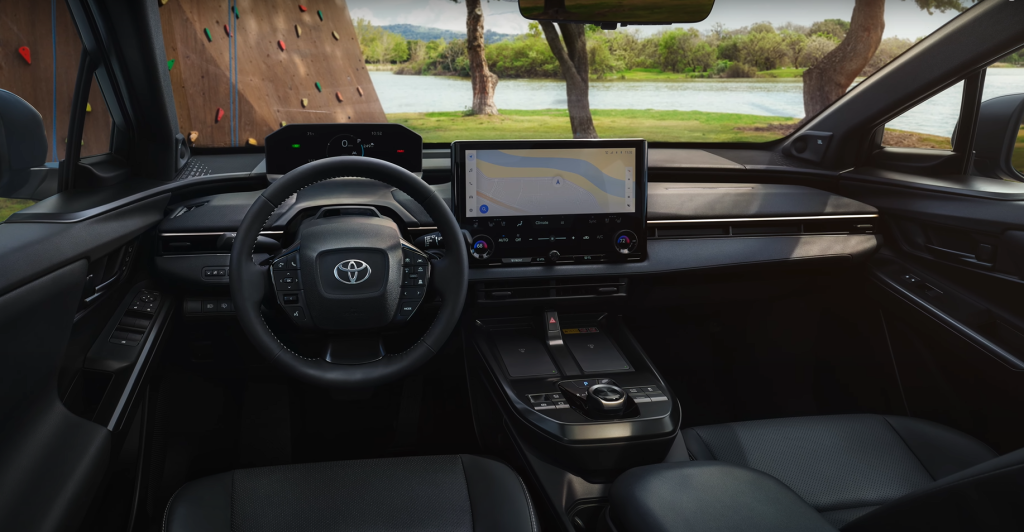
Stepping inside the 2026 BZ, the focus is on modern integration. Comfort features include a standard heated steering wheel and standard heated front seats on the BZ Woodland (available on the standard BZ, standard with power adjustability for the driver on C-HR). There’s an available panoramic moonroof. Seating is sculpted for comfort.
The cabin is centered around an expansive 14-inch touchscreen running the Toyota Audio multimedia platform. This includes standard wireless Apple CarPlay and wireless Android Auto compatibility. An available 9-speaker JBL premium audio system with a subwoofer and amplifier is offered. Standard dual wireless charging pads are included, along with multiple USB-C charge ports (three in C-HR, four in BZ/BZ Woodland). A significant change noted by some is the integration of climate controls into the touchscreen, with a perceived lack of physical climate control knobs beyond defrost buttons. While the 14-inch screen is large, some feel the necessary climate controls baked into the bottom effectively make it a smaller usable screen. The driver’s gauge cluster is positioned higher, intended to help drivers keep their eyes on the road, though its view might be partially blocked for some depending on driving position. An available 1500W AC outlet is mentioned for the BZ Woodland and Limited BZ.
Safety and Assistance: Comprehensive Protection
Safety remains a priority, with Toyota Safety Sense 3.0 standard on the 2026 BZ lineup. This comprehensive suite includes Pre-Collision System with Pedestrian Detection, Lane Departure Alert with Steering Assist, Automatic High Beams, Full-Speed Range Dynamic Radar Cruise Control, Lane Tracing Assist, Road Sign Assist, and Proactive Driving Assist.
Additional standard safety and convenience features include Blind Spot Monitor with Rear Cross Traffic Alert and Front and Rear Parking Assist with Automatic Braking. An available Panoramic View Monitor helps maneuver in tight spaces. The BZ Woodland adds Standard Blind Spot Monitor with Rear Cross Traffic Alert and Safe Exit Alert. Features like Traffic Jam Assist and Lane Change Assist are mentioned for certain trims (XSE on C-HR, likely available on higher BZ trims).
The Woodland Edition: Built for Adventure
The 2026 Toyota BZ Woodland is presented as an intelligently engineered and ruggedly capable all-electric SUV built for adventure. Designed for versatility, it features standard ladder style roof rails and comes with standard all-weather floor mats. Performance is bolstered by standard all-wheel drive with X mode and grip control, with available all-terrain tires mentioned. It offers 8.3 inches of ground clearance, which is the same as the Subaru Trail Seeker. While it might not be a Rubicon rock crawler, it has enough clearance for trailheads. The BZ Woodland also boasts a notable towing capacity of 3500 pounds, which is considered decent and allows for towing small camping trailers or jet skis. It includes the updated charging capabilities like the NACS port, Plug-and-Charge, battery preconditioning, and the 11 kW onboard charger.
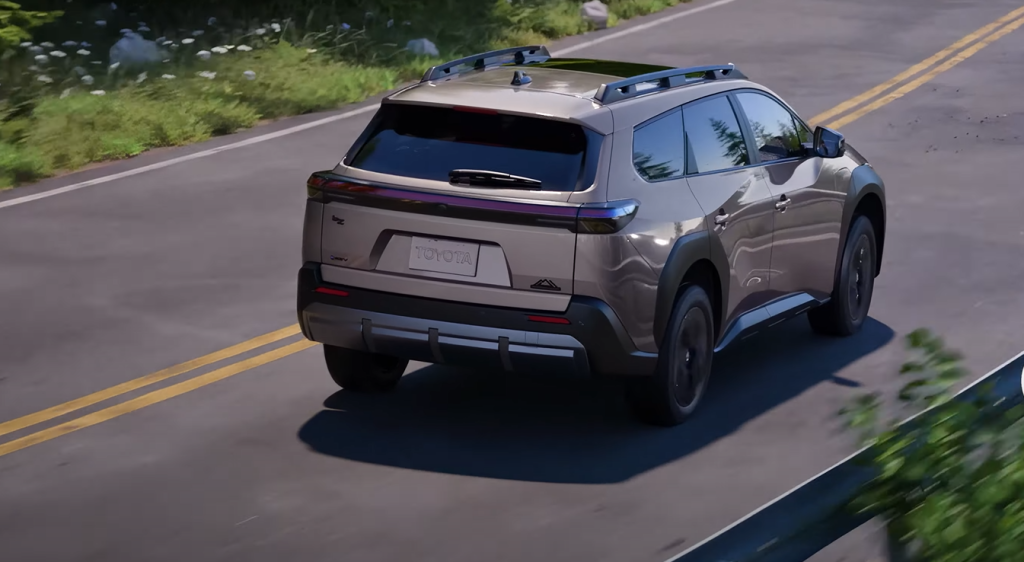
Practicality and Outlook
While specific cargo volume for the standard BZ wasn’t detailed across all sources, the BZ Woodland is noted for its expansive cargo space and ample rear headroom. The 3500 lb towing capacity on the Woodland adds a layer of utility not always found in this segment.
The 2026 Toyota BZ is expected to arrive at US dealerships in the second half of 2025. It will be available in two initial grades: XLE and Limited. No specific pricing details have been announced yet. The vehicle, along with the C-HR, will be imported from Japan.
Overall, the updated 2026 Toyota BZ, including the adventurous Woodland edition, represents a significant step forward. The improvements in range, charging speed, power, and the inclusion of the NACS port are substantial and address key areas where the previous model fell short. The simplified name and refreshed styling, coupled with a comprehensive suite of features, position the BZ as a much stronger contender in the increasingly competitive EV market.
